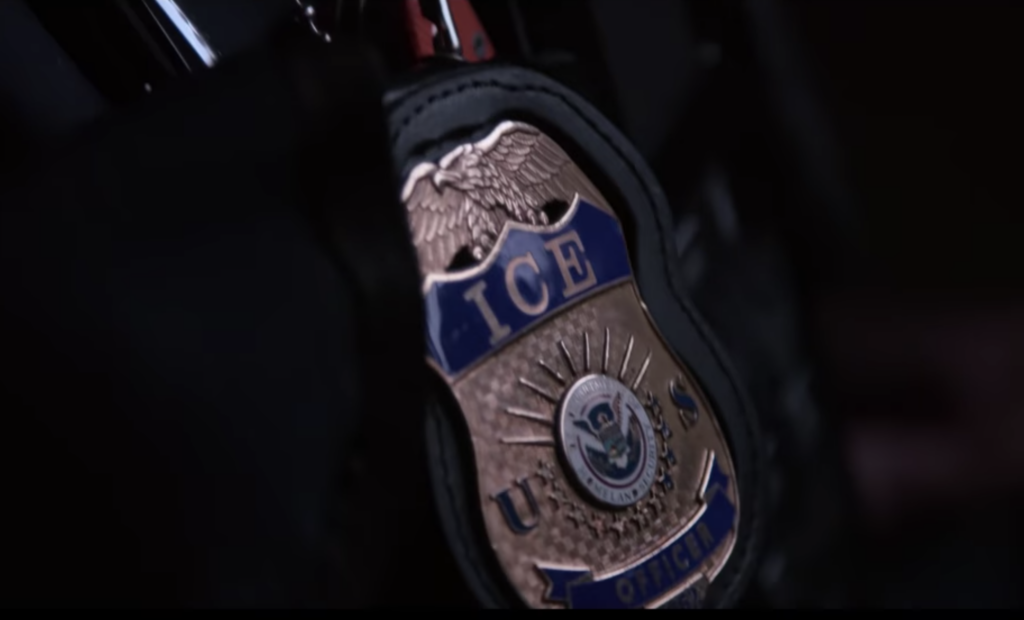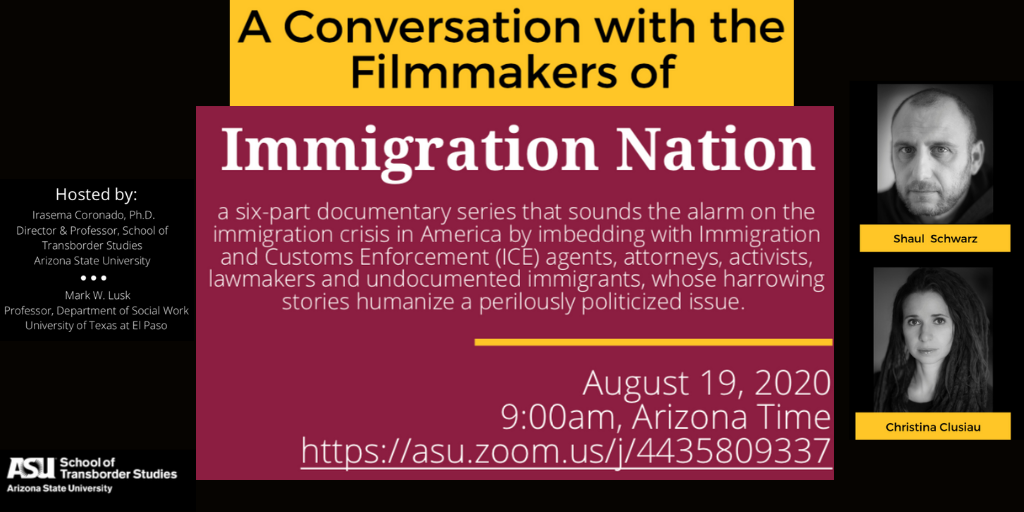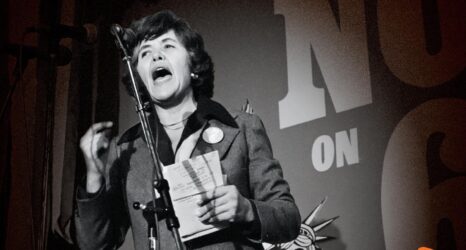A new Netflix six-part documentary series offers a unique, nuanced view of the ongoing struggles in America’s broken immigration system—so nuanced, in fact, that the Trump administration pressured the filmmakers to remove particularly horrific scenes and even to delay its release until after the November elections.
Shot over the course of three years, the series sounds the alarm on the immigration crisis in America by imbedding with Immigration and Customs Enforcement (ICE) agents, attorneys, activists, lawmakers and undocumented immigrants, whose harrowing stories humanize a perilously politicized issue.
Unfortunately, in the case of ICE, cruelty is the point, according to “Immigration Nation” co-director, Shaul Schwarz:
“If ICE can make life difficult enough, if it can send these messages … that this is the hell you’re going to get, then they’ll make these people leave.”
But don’t just take Schwarz’s word for it—John Amaya, former deputy chief of ICE, has said on the record:
“It is the strategy to tear families apart, which to me is unconscionable, and bring them maximum pain, and to use that as a deterrent.”

With an unrelenting flow of migrant workers continuing across the U.S. border, the pressure on ICE to enforce the administration’s zero-tolerance policies puts immigrants in the crosshairs.
But how do we fix a system that seems beyond repair? How do we apply common sense to something that’s evolved from one of humanitarian concern to an us-versus- them political flashpoint?
Has the story of America—the one that inspired our own immigrant relatives to risk death for a better life—been rewritten so broadly that the “land of the free” is a luxury afforded now to only to a few?
August 19 at 9:00 a.m. PT/noon ET:
A Conversation with Filmmakers of “Immigration Nation”
Join the filmmakers of “Immigration Nation”—Christina Clusiau and Shaul Schwarz—in conversation with Dr. Irasema Coronado, director of Arizona State University’s School of Transborder Studies; and Professor Mark W. Lusk, from the department of social work at the University of Texas at El Paso.













